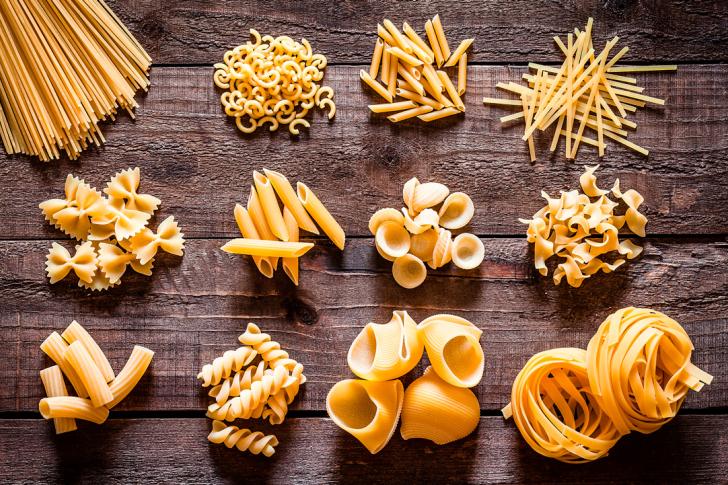Pasta, bread, and cereal products are versatile staples deeply rooted in European gastronomy, cherished worldwide, including in Japan. Pasta comes in diverse forms and pairs beautifully with European and Japanese ingredients, while bread ranges from traditional white loaves to wholesome, health-conscious varieties. Cereal products, produced under strict EU safety standards, serve as a rich source of nutrients and feature in everything from pasta and pastries to traditional dishes and baby food.
Pasta is made from wheat. It is said that European pasta originated from Sicily, but attention not all pasta is Italian! There is fresh pasta, dried pasta, egg pasta and coloured pasta. Pasta comes in a very wide variety of shapes and can be combined with many European and Japanese ingredients.
Bread is an integral part of European gastronomy and is also much loved in Japan. European bread still features many types of traditional white breads, but with health consciousness growing, also in Japan, other alternatives, including wholemeal variations, are available.
Cereals are an excellent source of minerals, vitamins, carbohydrates, oils, proteins, and fats. The production of EU cereals is subject to stringent EU safety rules when it comes to pesticide and herbicide use, and controls on food-borne diseases. The result is that only high quality cereals are produced throughout the EU. The EU produces large amounts of wheat, of which around 20% is exported annually, but also cultivates maize, barley, triticale, rye, oats, spelt and rice.
Cereals are consumed throughout the world in various forms. Besides being made into pasta, cereals feature in regional delights, such as Czech houskový knedlík (dumplings), Hungarian Nokedli (noodles), Luxembourgish Paschtéit (salty pastry). Europe’s high-quality cereals are also a healthy ingredient for baby and infant food in Europe.


